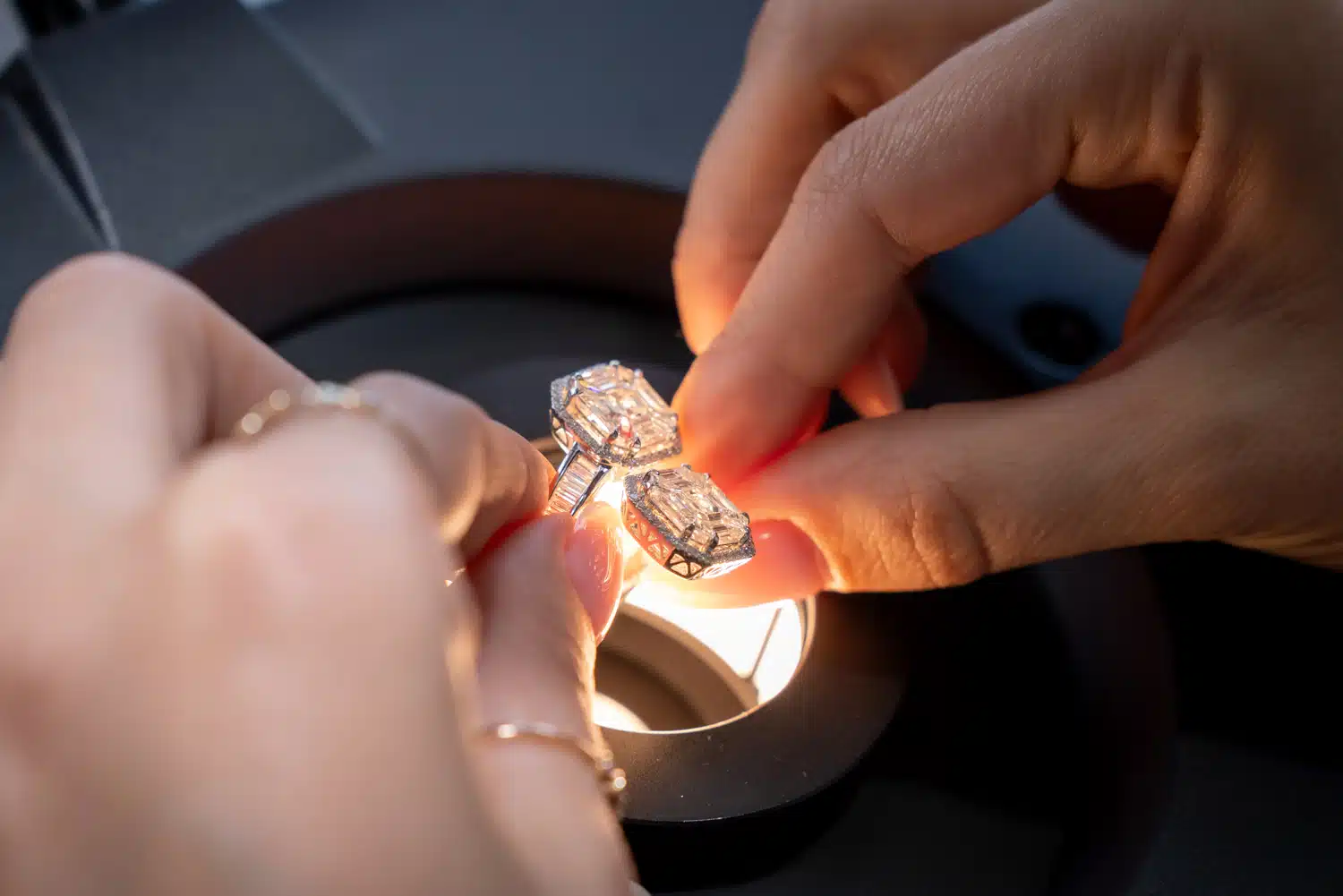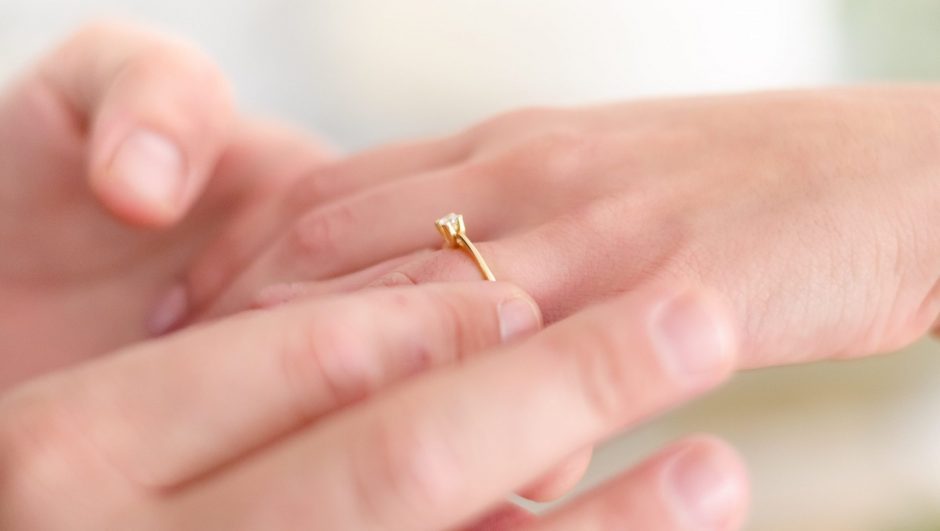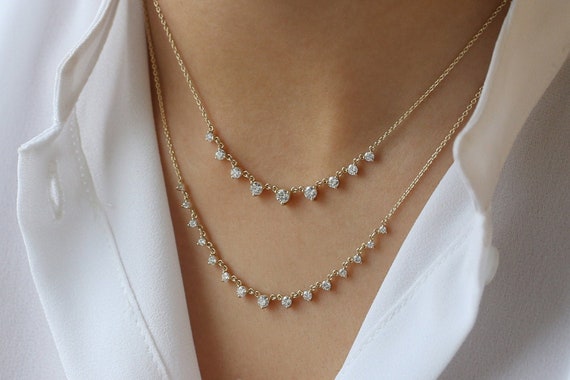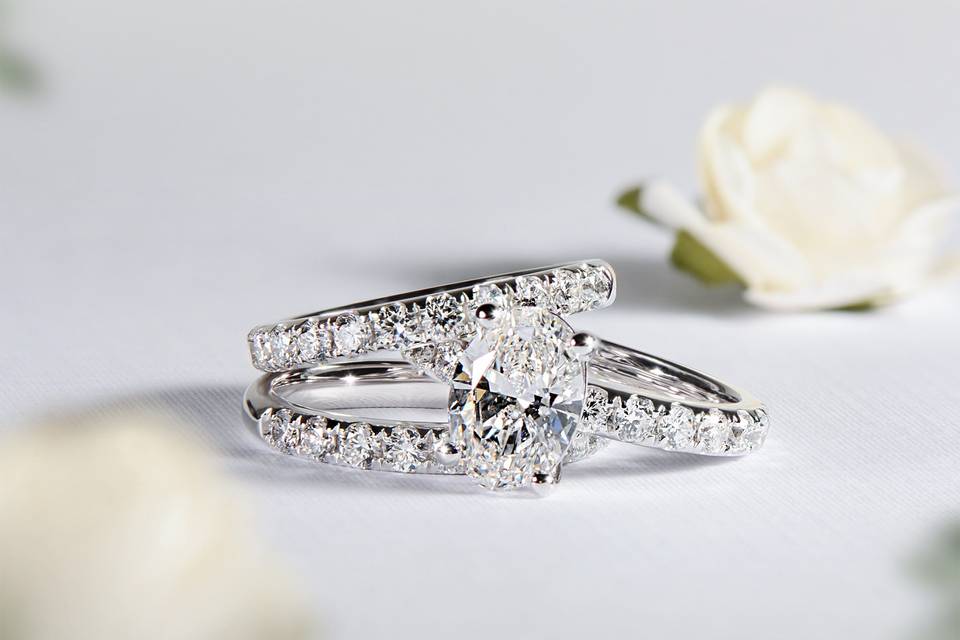The allure of lab-grown diamond jewelry lies not only in its exquisite beauty but also in its ethical and environmental considerations
. As consumers become increasingly conscious of the origins of their purchases, lab-grown diamonds offer a compelling alternative to mined diamonds. By understanding the science behind these gems and debunking common myths, individuals can make informed choices that align with their values.
Lab-grown diamonds, often referred to as cultured or synthetic diamonds, are created through a process that simulates the natural conditions in which diamonds form beneath the Earth’s surface. Using advanced technology, scientists replicate these conditions in controlled laboratory environments lab grown diamonds, resulting in diamonds that are chemically, physically, and optically identical to their mined counterparts.
One of the primary benefits of lab-grown diamond jewelry is its ethical and environmental credentials. Unlike traditional diamond mining, which can have detrimental effects on ecosystems and local communities, lab-grown diamonds are produced without the need for extensive mining operations. This means they are inherently conflict-free and do not contribute to environmental degradation or human rights abuses associated with some mining practices.
Furthermore, lab-grown diamonds offer exceptional quality and value for money. With consistent clarity, color, and cut, these gems rival their natural counterparts in beauty and brilliance. Additionally, lab-grown diamonds are typically more affordable, making luxury jewelry accessible to a broader range of consumers. From classic solitaire engagement rings to contemporary designs, the versatility of lab-grown diamond jewelry ensures there’s something for every style and occasion.
In recent years, we’ve witnessed a significant shift in consumer preferences towards sustainable and ethical products, and lab-grown diamond jewelry is no exception. Millennials and Gen Z consumers, in particular, are driving demand for products that align with their values of environmental stewardship and social responsibility. As a result, lab-grown diamonds are gaining mainstream acceptance in the fashion and luxury markets, with leading brands embracing these ethically sourced gems in their collections.
Despite the growing popularity of lab grown diamond jewellery, there are still misconceptions that persist. Some individuals may question the authenticity or durability of lab-grown diamonds, but these concerns are largely unfounded. In reality, lab-grown diamonds undergo rigorous testing and certification processes to ensure their quality and authenticity. Moreover, studies have shown that lab-grown diamonds are just as durable and long-lasting as natural diamonds, making them a viable choice for heirloom pieces and investment jewelry.
Looking ahead, the future of lab-grown diamond jewelry is bright. Continued advancements in technology are driving innovation in diamond synthesis methods, leading to greater efficiency and scalability in production. As consumer awareness and demand continue to grow, we can expect to see a broader range of designs and offerings in the lab-grown diamond market, catering to diverse tastes and preferences.
In conclusion, lab-grown diamond jewelry represents a modern and sustainable approach to luxury adornment. With their ethical sourcing, exceptional quality, and forward-thinking designs, lab-grown diamonds are redefining the jewelry industry for the better. By choosing lab-grown diamond jewelry, consumers can not only adorn themselves with timeless beauty but also contribute to a more ethical and environmentally conscious future.















